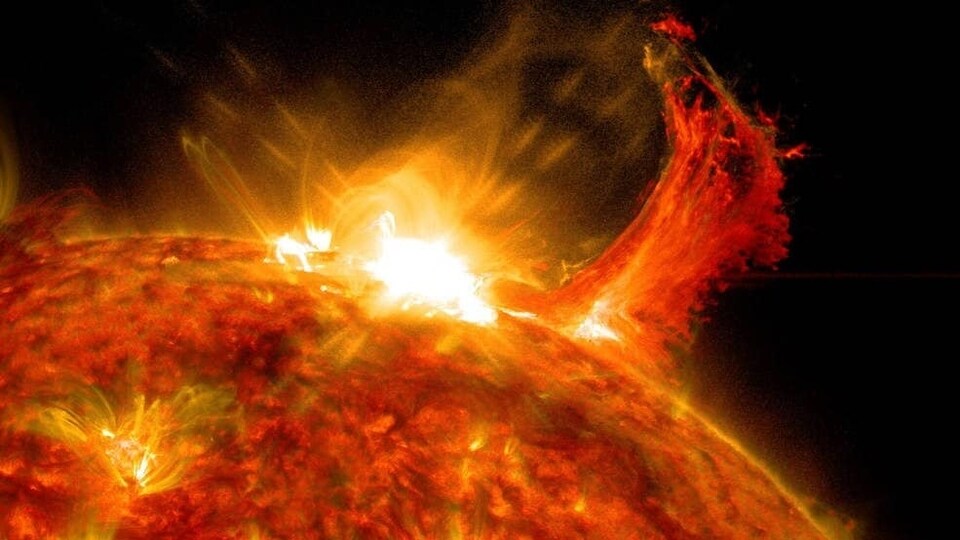Solar storm delayed! But there is WORSE news coming for Earth
Earlier NOAA forecasters predicted that a CME cloud could be hitting the Earth on April 27 or 28 and spark a solar storm. It has not yet arrived. But that could actually be a scary development for the Earth.






 View all Images
View all ImagesAmazingly, astronomers are perplexed right now. A solar storm was predicted to strike the Earth on either April 27 or 28 by the National Oceanic and Atmospheric Administration (NOAA). The storm was going to be triggered by a glancing blow from a coronal mass ejection (CME) which was headed for the Earth. But for some reason, it has not arrived yet. While this could mean that the CME missed the Earth entirely, some believe this is too early to celebrate and could mean a bigger worry for our planet. The delayed solar storm can, in theory, cause worse damage to infrastructure on Earth.
According to a SpaceWeather report, “A CME expected to hit Earth on April 27th has not yet arrived. It might have missed”. While NOAA believes there is a small chance that it can still strike today, April 29, it is not very likely. This development is unexpected since NOAA prediction models thoroughly analyze the direction, speed, and various other metrics around CME clouds to make predictions.
A delayed solar storm
So, why is it a bad news? One explanation could be that the CME cloud was devoured by a cannibal CME coming in from behind and as a result, it now has intensified the severity of the solar storm and that spells very bad news.
Further, another reason for the delay could be that solar winds have come into play and they have shifted the cloud's direction so it is taking a longer course to reach Earth, but at the same time, the overall impact on Earth would be worse.
Of course, it might just be that the CME dissipated due to spreading out so much and the solar particles lost their energy and as a result, it missed us entirely. But it is too early to put the guard down. If the delay is caused because of CME intensification, then we should find out over the weekend and a more powerful storm will hit. If not, we should consider ourselves lucky.
The role of the NASA Solar Dynamics Observatory
The NASA Solar Dynamics Observatory (SDO) carries a full suite of instruments to observe the Sun and has been doing so since 2010. It uses three very crucial instruments to collect data from various solar activities. They include the Helioseismic and Magnetic Imager (HMI) which takes high-resolution measurements of the longitudinal and vector magnetic field over the entire visible solar disk, Extreme Ultraviolet Variability Experiment (EVE) which measures the Sun's extreme ultraviolet irradiance, and Atmospheric Imaging Assembly (AIA) which provides continuous full-disk observations of the solar chromosphere and corona in seven extreme ultraviolet (EUV) channels.
Catch all the Latest Tech News, Mobile News, Laptop News, Gaming news, Wearables News , How To News, also keep up with us on Whatsapp channel,Twitter, Facebook, Google News, and Instagram. For our latest videos, subscribe to our YouTube channel.
































